Removing Lockapp.exe Virus Easily
Errors generated by Lockapp.exe Virus 0x80242016 WU_E_UH_POSTREBOOTUNEXPECTEDSTATE The state of the update after its post-reboot operation has completed is unexpected., 0x8024401A WU_E_PT_HTTP_STATUS_BAD_METHOD Same as HTTP status 405 - the HTTP method is not allowed., 0x80243FFD WU_E_NON_UI_MODE Unable to show UI when in non-UI mode; WU client UI modules may not be installed., 0x8024D011 WU_E_SELFUPDATE_REQUIRED Windows Update Agent must be updated before search can continue., 0x00000061, 0x00000060, 0x000000C6, 0x80244009 WU_E_PT_SOAPCLIENT_READ Same as SOAPCLIENT_READ_ERROR - SOAP client failed while reading the response from the server., x8024F001 WU_E_REPORTER_EVENTCACHECORRUPT The event cache file was defective., 0x80244028 WU_E_PT_NO_AUTH_COOKIES_CREATED Windows Update Agent was unable to create any valid authentication cookies., 0xf0826 CBS_E_PENDING_VICTIM Package failed to install because another pended package failed.Delete Lockapp.exe Virus Tips For From Your Infected System
Lockapp.exe Virus is a highly malicious program which has infected a number of System recently. This nasty program is designed to target mainly the Windows operating System. In order to invade its targeted System it doesn't need permission from user, instead of that it use deceptive ways. After infecting your System it start screwing System as well as browser settings. As a result of this your System will run weirdly. Because of its hideous features it can stay in the compromised System for a long time without detection. In order to sneak in the System it depend on several tricky ways such as software bundler, spam emails, malicious website, infected storage device etc. Upon its successful installation, it start a series of malicious activities in the System which put it in poor condition. If you don't want to take chance with your System as well as privacy then do not hesitate in Removal of Lockapp.exe Virus.
Method 1 : Start Your System In Safe Mode With Networking
Method 2 : Deleting Lockapp.exe Virus From Control Panel
Method 3 : Stop Related Process To Lockapp.exe Virus From Task Manager
Method 4 : Delete Lockapp.exe Virus From Registry Editor
Method 5 : Delete Unwanted extensions, add-ons, plug-ins from Chrome
Method 1 : Start Your System In Safe Mode With Networking
For Windows XP/Vista/7
- Go to the start menu > choose Restart option.
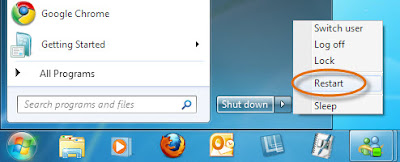
- Start pressing the F8 key once your System become active.
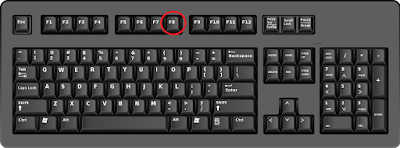
- It will open the Advanced boot options on screen.

- Select Safe mode with networking > press Enter key.

For Windows 8/10
- From your screen, press power button and click Restart.

- From choose an option Window, select Troubleshoot option.

- Then click on the 'Advanced option.

- After that select Start-up setting option.

- Select Enable safe mode > press the Restart button.

- In order to enable Safe Mode With Networking, Press F5 key.

Method 2 : Deleting Lockapp.exe Virus From Control Panel
Delete Lockapp.exe Virus From Windows 7/Vista
- Open the start menu and then select Control panel.
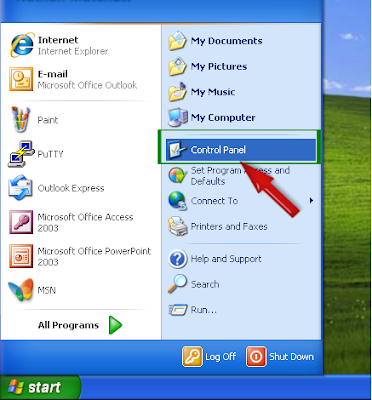
- From the Programs group, select remove a program option.

- Select Lockapp.exe Virus related program > select uninstall/Change.
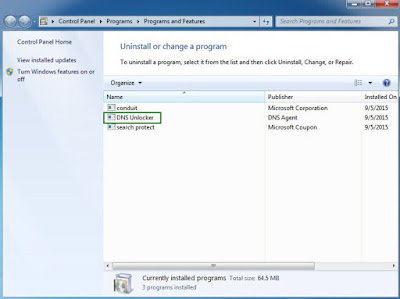
Delete Lockapp.exe Virus From Windows 8
- Press the Win + R buttons at once to open the Run Box.

- In the Run box type Control panel and press Enter key.

- Click remove a program option under the Programs group.
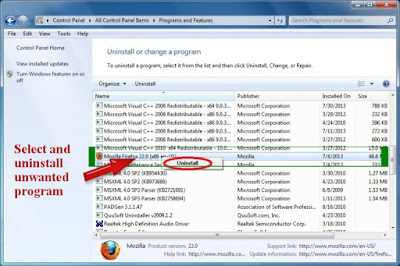
- From installed program select Lockapp.exe Virus > click remove option.

Delete Lockapp.exe Virus From Windows 10
- First click on Start button and select Setting option.

- From the settings menu, select the System option.

- Now select 'Apps & features' option from the left panel.

- Select Lockapp.exe Virus related program and Delete them.

Method 3 : Stop Related Process To Lockapp.exe Virus From Task Manager
- Press the ALT+Ctrl+Del buttons at once.

- Then select the Task manager option from the opened list.
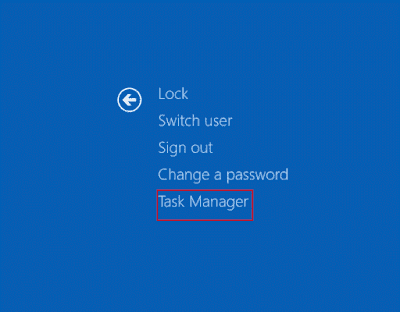
- Select malicious or Lockapp.exe Virus related process.

- Finally click on the End Task button.
Method 4 : Delete Lockapp.exe Virus From Registry Editor
- Press Win + R button together .

- It will open the Run window on screen.
- Type regedit > click on OK button.

- Search for Lockapp.exe Virus related registry and remove them.
HKEY_LOCAL_MACHINESYSTEMCurrentControlSetServicesWpm
HKEY_CURRENT_USERSoftwareMicrosoftInternet ExplorerMain ‘Default_Page_URL’
HKEY_LOCAL_MachineSoftwareClassesWin32.TrojanDropper.Vidro
HKEY_CURRENT_USERSoftwareMicrosoftWindowsCurrentVersionRun ‘.exe’
HKCUSoftwareMicrosoftWindowsCurrentVersionInternet Settingsrandom
HKEY_LOCAL_MACHINESOFTWAREMicrosoftWindowsCurrentVersionrunrandom
HKEY_CURRENT_USERSoftwareMicrosoftWindowsCurrentVersionInternet Settings ‘CertificateRevocation’ = ’0
Method 5 : Delete Unwanted extensions, add-ons, plug-ins from Chrome
Delete Lockapp.exe Virus From Internet Explorer
- First start the Internet explorer browser.
- Click on the Gear icon from right-top corner.
- Click on 'Manage add-ons' > select Tool-bars and Extensions tab.
- Search for Lockapp.exe Virus related add-ons > click on 'Disable'.
- If add-on can't be deleted then click on remove and click Close.
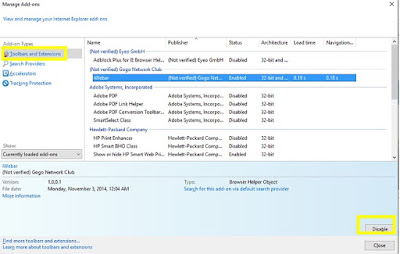
Delete Lockapp.exe Virus From Mozilla Firefox
- Start Mozilla Firefox browser and go to menu.
- You will get Add-ons Manager tab on your screen.
- In the add-on manager tab, select Extension or Add-on panel.
- Select Lockapp.exe Virus related add-on > click on remove button.
- If the pop-up appear, click on Restart now option.

Delete Lockapp.exe Virus From Google chrome
- Start the Google Chrome browser and click on menu button.
- Then click on the More tools and Extensions option.
- Find out suspicious extension related to Lockapp.exe Virus.
- Finally click on 'Recycle Bin' to Delete unwanted extension.

Delete Lockapp.exe Virus From Microsoft Edge
Because there is no extension in the Microsoft Edge, hence you need to reset the browser settings to Delete Lockapp.exe Virus.
- Open Microsoft Edge on your System.
- Go to right top corner > tap on More (...) icon > go to Settings.
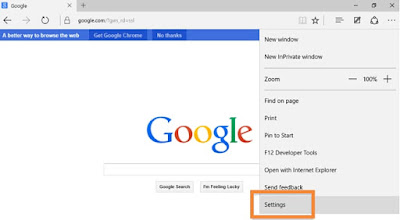
- Now select A specific page or pages from the Open option.
- Select Custom option > enter URL of your desired homepage.
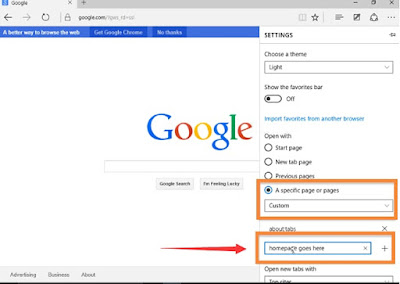

No comments:
Post a Comment